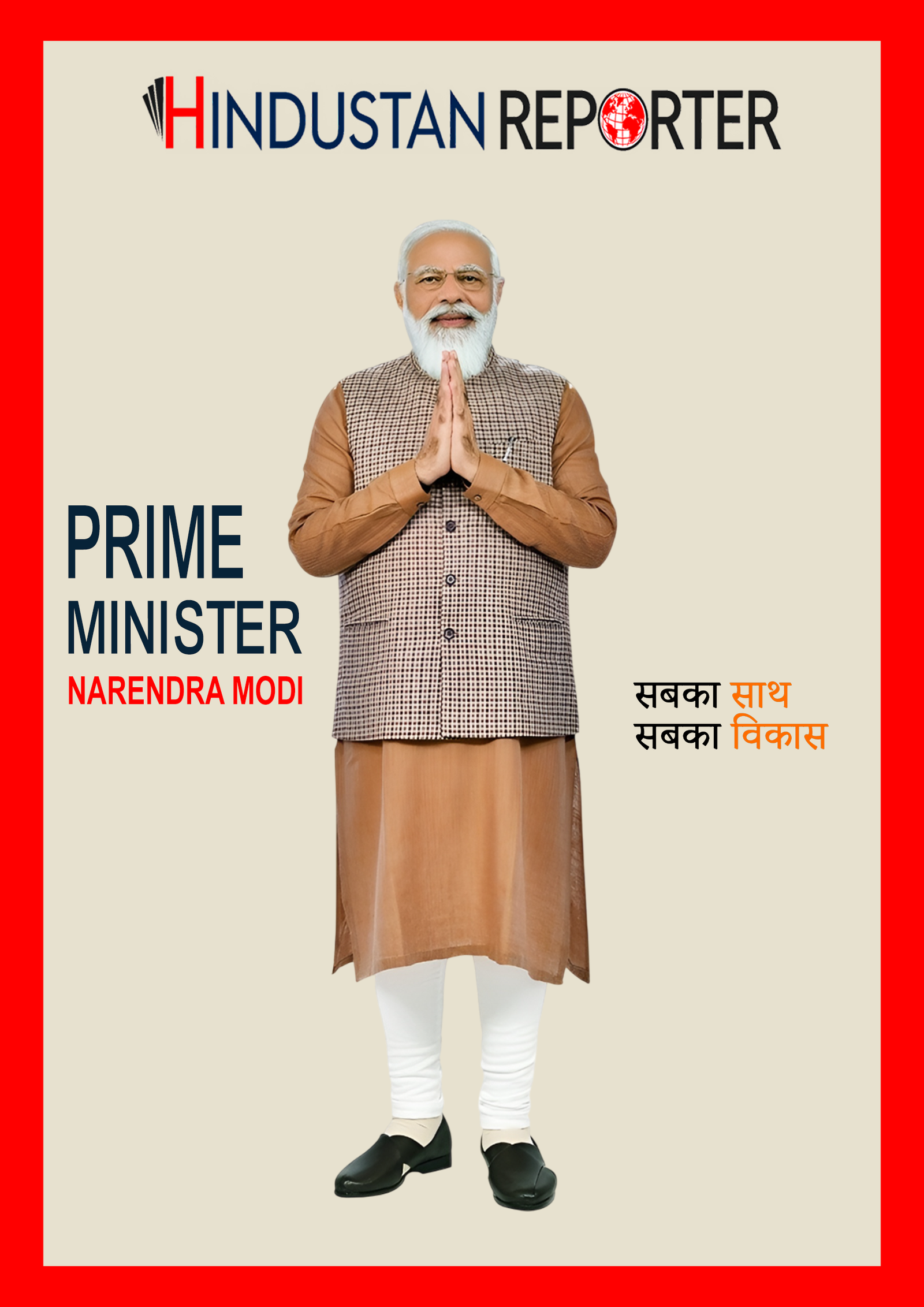India’s reliance on imported crude oil increased to over 88% in the first 11 months of the current fiscal year ending March (FY25) due to growing demand for fuel and other petroleum products combined with stagnant domestic crude oil output. This suggests that the country’s import dependency could surpass the previous fiscal year’s all-time high level for the entire fiscal year.
India’s reliance on oil imports increased from 87.7 percent in the same time of the previous fiscal year (FY24) to 88.2 percent in April-February, according to the most recent data given by the oil ministry’s Petroleum Planning & Analysis 1Cell (PPAC). Reliance on imported oil was 87.8% for the entire fiscal year 2024. As was the case in the previous fiscal year, industry observers predict that the import dependency level for the full fiscal year of FY25 may be slightly higher than the April–February level.
India is importing more oil as a result of its steadily increasing energy needs. Growing energy-intensive sectors, rising car sales, a quickly growing aviation industry, rising petrochemical use, and population growth are some of the elements driving this. Generally speaking, India’s dependency on imported oil has grown over time, with the exception of FY21, when the COVID-19 epidemic reduced consumption. At 87.8% in FY24, 87.4% in FY23, 85.5% in FY22, 84.4% in FY21, 85.0% in FY20, and 83.8% in FY19, India was more dependent on oil imports.
India’s economy is susceptible to changes in the price of crude oil due to its significant reliance on imports. Among other things, this affects the nation’s foreign exchange reserves, inflation rate, rupee exchange rate, and trade imbalance. The slow local oil production in the face of growing demand presents a challenge to the Indian government’s goal of lowering the nation’s dependency on imported crude oil. The government set a goal in 2015 to cut dependency on oil imports to 67% by 2022. But reliance on imports has only grown.
To promote investments in India’s oil and gas exploration and production industry, the government has enacted a number of policy changes. The most recent of these is the Oilfield (Regulatory and Development) Amendment Bill, which was just approved by the Parliament. To cut down on oil imports, the government is also encouraging biofuels, electric vehicles, and other alternative fuels. Although the use of electric vehicles and the mixing of biofuels with traditional fuels has increased, these developments are insufficient to counteract the rise in the demand for petroleum.
In data: India’s oil import dependency
In the 11 months ending in February, India imported 219.9 million tonnes of crude oil, up from 213.4 million tonnes during the same period last year. Domestic oil production, meanwhile, decreased little from 26.9 million tonnes to 26.2 million tonnes. Only 25.8 million tonnes of products were estimated to have been produced from domestic crude oil, resulting in a self-sufficiency level of just 11.8%, according to PPAC data. The total domestic consumption of petroleum products increased 2.6% year over year to 218.3 million tonnes in April-February.
The amount of petroleum products consumed domestically is used to determine the degree of import dependence; exports of petroleum products are not included because their volumes do not reflect India’s demand. India, a major importer of crude oil and the world’s third-largest consumer, exports petroleum products on a net basis.
The gross oil import cost for the nation from April to February was $124.7 billion, representing a nearly 3% annual rise. The largest category of goods imported into India is crude oil.
Growing domestic demand is expected to drive additional increases in India’s imports and consumption of crude oil. According to PPAC predictions, the consumption of petroleum products is expected to rise by 4.7% in FY26, reaching 252.93 million tonnes. The nation will set yet another record for the use of petroleum products and fuels in FY26 if these forecasts come to pass.
Given the potential for future consumption and the comparatively low per-capita energy demand at the moment, India is viewed as a significant growth center for oil demand, in contrast to many other nations. India is really one of the few markets where significant refinery capacity expansion is anticipated in the upcoming years. At the moment, India can refine around 257 million tonnes annually.

